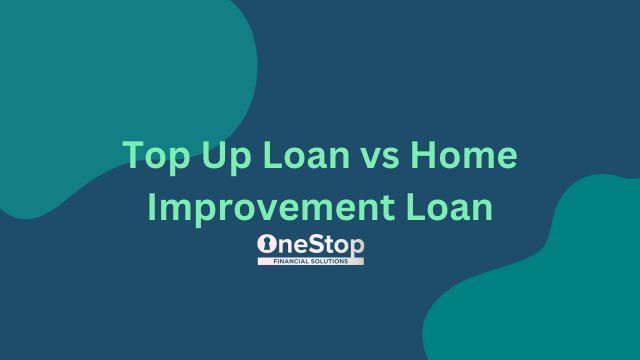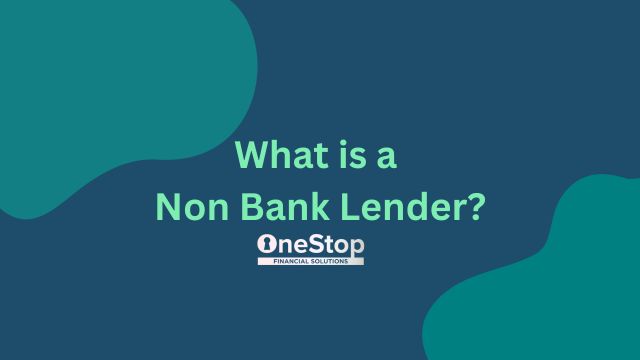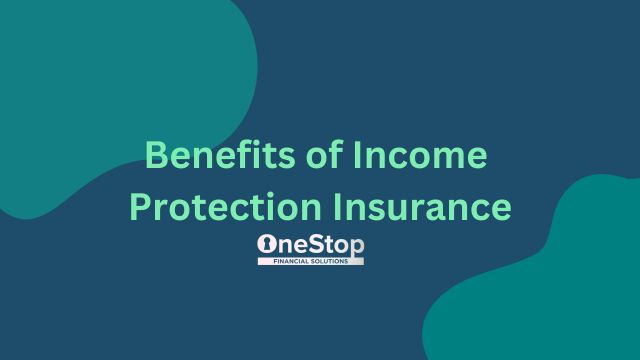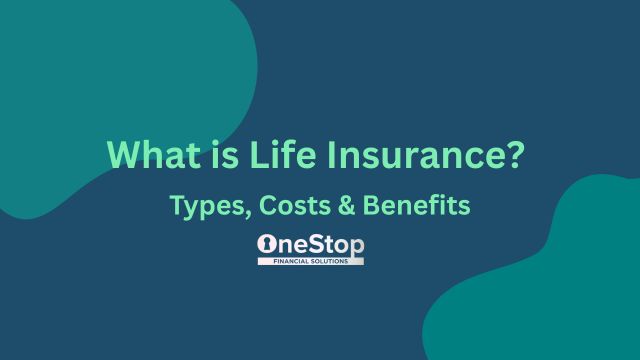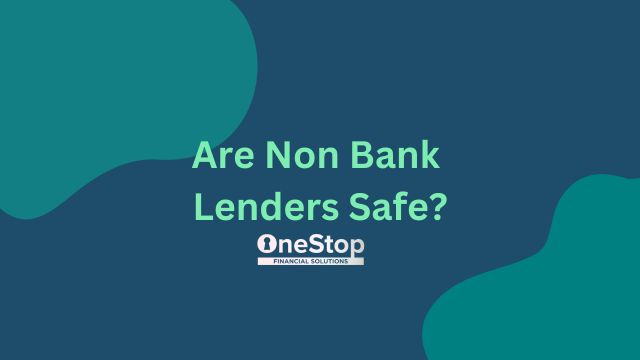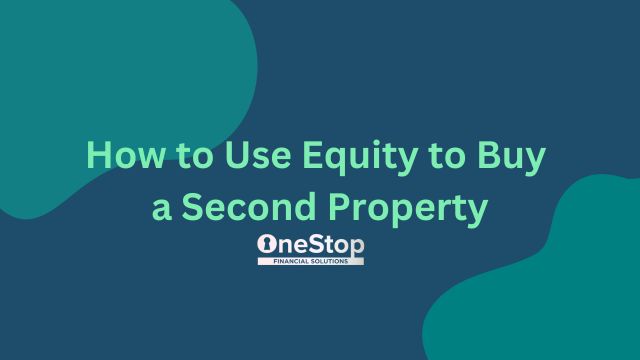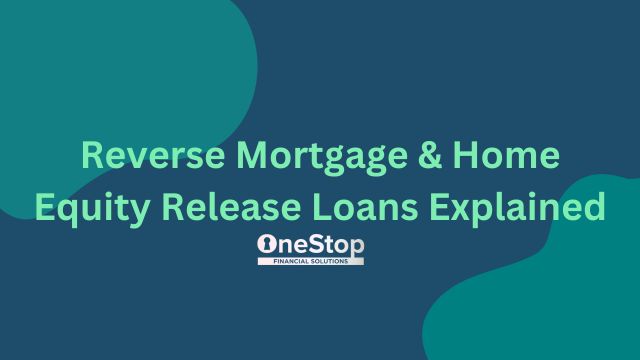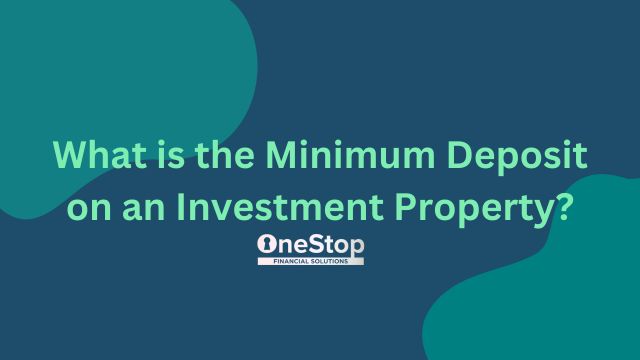Thinking about giving your kitchen a makeover, adding a new deck, or installing a pool for Summer? Renovating your home is an exciting way to improve both your lifestyle and the value of your property. But before you break out the hammer, it’s essential to figure out how you’re going to pay for it.
In New Zealand, homeowners often consider two main borrowing options to fund home improvement projects:
- Home loan top-ups and;
- Home improvement loans.
While both can give you access to the funds you need, they work differently, and choosing the right option can save you thousands in interest, fees, and stress over the life of your loan.
In this guide, we’ll break down both options, explore the pros and cons of each, and help you make an informed decision. And if you’re feeling unsure? Our Auckland-based mortgage brokers can talk through your situation and help you decide on the best way forward, usually at no cost to you.
What is a Home Loan Top-Up?
A home loan top-up allows you to borrow additional money on top of your existing mortgage. Essentially, you’re increasing your home loan balance to access funds for your renovation project. Because your loan is secured against your home, you can often get a lower interest rate compared to unsecured lending options.
How does a top-up work in New Zealand?
- You apply to your lender to increase your current mortgage.
- The bank will assess your income, expenses, debts, and available equity in your home.
- If approved, the additional funds will be paid into your account to use for your home renovations.
- The additional borrowing can be arranged as a separate loan facility or combined with your existing loan.
Key eligibility criteria include:
- Sufficient home equity (most banks prefer your total mortgage to remain under 80% loan-to-value ratio).
- Enough income to service the higher repayments. See our blog post on debt-to-income ratios for more info.
- Good credit history and a responsible borrowing track record, although non-bank lenders can be more flexible here.
What is a Home Improvement Loan?
A home improvement loan is a type of personal loan designed to fund renovations or upgrades. These loans are often unsecured, meaning you don’t need to use your property as security.
In New Zealand, many banks (like ANZ, Westpac, BNZ, and ASB) and non-bank lenders offer home improvement loan products. Loan terms typically range from 1 to 7 years, with fixed or floating interest rates.
How does a home improvement loan work?
- You apply for a personal loan to cover the upgrades to your home.
- Interest rates are usually higher than mortgage rates because the loan is unsecured.
- Loan repayments are higher due to shorter loan terms.
Benefits of Topping Up Your Existing Home Loan
- Lower interest rates: Since your top-up sits under your mortgage umbrella, you benefit from home loan interest rates. At today’s averages, this could mean ~6% p.a. instead of ~12% p.a. for a personal loan.
- Longer repayment term: Stretching payments over 20–30 years makes repayments more manageable.
- Access larger sums: If your renovation budget is significant (eg, $100K+), a top-up makes higher borrowing possible.
- Simpler repayments: Your top-up may be bundled into your existing home loan, so you only deal with one payment.
Drawbacks of Topping Up Your Home Loan
- Higher total interest cost: Spreading repayments over 20–30 years means you may pay much more in total interest, even at lower rates.
- Decreases available equity: You reduce your future borrowing power.
- Longer financial commitment: You’re extending your mortgage term and repayment obligations.
Benefits of a Home Improvement Loan
- Faster repayment: Shorter terms mean you pay the loan off sooner and potentially pay less total interest.
- Keeps your mortgage separate: Your existing home loan stays untouched.
- Quick approval: If you lack equity in your mortgage, an unsecured loan may still be possible.
- Good for smaller renovations: For minor projects under $50,000, this can be a simple solution.
Drawbacks of a Home Improvement Loan
- Higher interest rates: You’ll pay higher rates than your mortgage, often in the 10–14% range.
- Higher repayments: Shorter loan terms mean larger monthly repayments.
- Lower borrowing limits: Personal loans have maximum caps depending on your income and credit score.
Top Up Loan vs Home Improvement Loan: Which Option is Best For You?
Every renovation — and every homeowner — is different. Here’s a simple rule of thumb many NZ mortgage brokers use:
- Major renovations ($50K+): Top-up your home loan, provided you have sufficient equity.
- Small to medium renovations (under $50K): Home improvement loan may work better if you want faster repayment and can handle higher monthly repayments.
- Low equity or income issues: Personal loans may still be available even if a top-up isn’t.
Example Renovation Scenario
Let’s say you’re planning a $75,000 kitchen and bathroom renovation in Auckland.
- You have $250,000 remaining on your mortgage.
- Your property is valued at $800,000.
- You currently owe only ~31% of your property’s value, with repayments of $371 per week.
Option 1: Using Equity for a Top Up Loan
You apply to top up your home loan by $75,000. Your new total mortgage amount becomes $325,000, which is still well under the 80% LVR threshold most New Zealand banks require. You secure the funds at ~6% p.a. over 25 years.
Your repayments increase to $483 per week – an increase of $112 per week for the next 25 years. Sounds much more affordable. However, our loan calculator indicates that you will pay $302,392 in interest over that 25 years, resulting in a total cost of $627,392.
If you stick with your mortgage of $250,000 at 6% interest per annum, your interest will be $233,538, making the total cost of your loan $483,538.
To sum that all up – by the time you have paid off your existing loan and home loan top up, you will have paid an additional $143,854 – almost double the 75k you added on.
Option 2: Getting a Home Improvement Loan
Alternatively, you apply for an unsecured home improvement loan for $75,000 at 12% p.a. over 7 years.
Your weekly repayments are $305 per week, on top of your existing home loan (assuming you can afford this).
The total interest paid over the 7 years is $35,891, making the total cost of your 75k loan amount $110,891.
You’ll save $32,963 by paying a higher interest rate and higher repayment over a shorter period of time.
Don’t Forget About Extra Costs
Regardless of which option you choose, remember to factor in:
- Application fees (both personal loans and top-ups may have establishment fees)
- Legal fees (if your home loan top-up requires documentation updates)
- Break fees or restructuring costs (if you need to adjust fixed-rate mortgages)
- Insurance (some lenders require mortgage protection or income cover)
Should You Use Your Credit Card Instead?
While some Kiwis consider using a credit card for smaller renovation expenses, this is rarely a good idea unless you plan to repay the balance in full immediately. Credit card interest rates often sit around 18–22% p.a. — far higher than any home loan or personal loan option.
Talk to a Mortgage Broker Before You Decide
Navigating your borrowing options can feel overwhelming, especially when you’re balancing project budgets, interest rates, and lender criteria.
That’s where an experienced New Zealand mortgage broker can help.
- We’ll assess your whole financial situation.
- We compare lenders, rates, and fees to help you find the best options. Often, access to lender deals is not publicly advertised. We may be able to offer you better rates than those available directly from your bank.
- Structure your borrowing to suit your goals.
Conclusion: The Right Loan Can Make or Break Your Renovation Budget
Whether you top up your home loan or take out a home improvement loan, both options can help turn your renovation dreams into reality. The key is matching your borrowing to your financial situation, the size of your renovation, and your long-term goals.
Speak to Matt and the team at OneStop Financial Solutions today to review your options, crunch the numbers, and secure the best deal.

